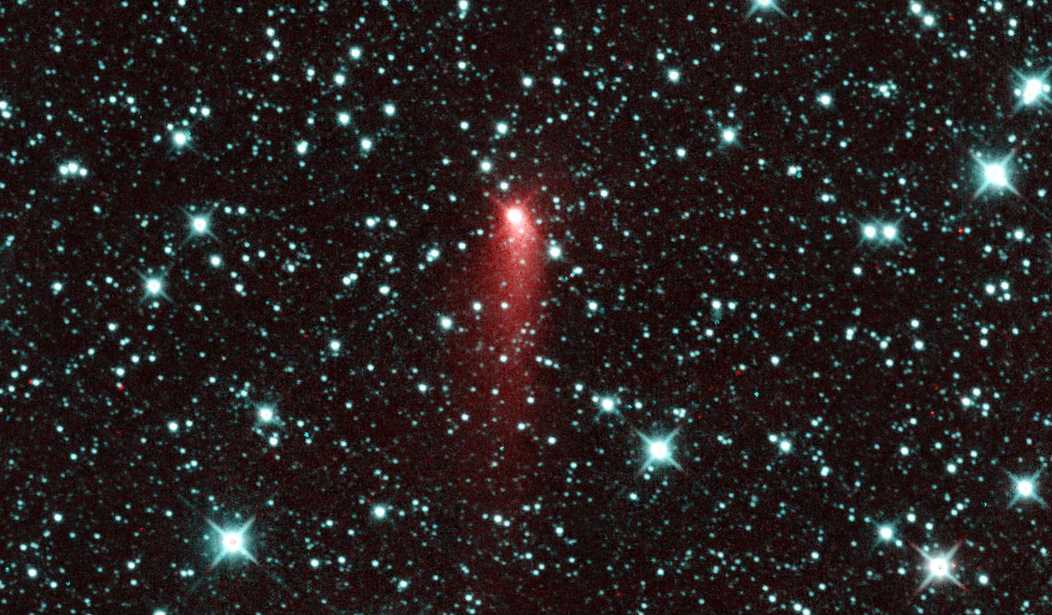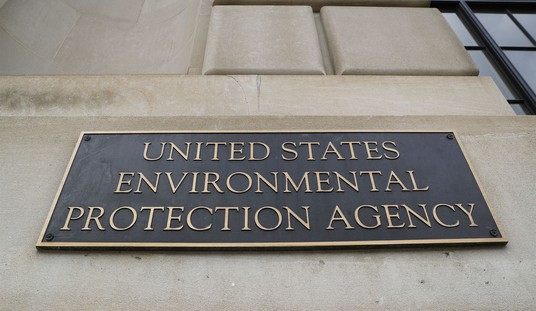We go through our lives every day unaware of the dangers that space poses to our fragile existence here on Earth. Asteroids and comets regularly travel alarmingly close to the planet for comfort, and it’s only by God’s protection over us that they don’t destroy life on Earth.
For over a decade, a NASA spacecraft has tracked these objects that come close to Earth. The Near-Earth Object Wide-field Infrared Survey Explorer (NEOWISE) program has tracked the objects that travel near the planet — the ones that could pose a danger as well as the harmless ones. NEOWISE has come to an end after NASA decommissioned the program this week.
“The final command was sent from the Earth Orbiting Missions Operation Center at NASA’s Jet Propulsion Laboratory in Southern California, with mission members past and present in attendance alongside officials from the agency’s headquarters in Washington,” reports a press release from NASA. “NASA’s Tracking and Data Relay Satellite System then relayed the signal to NEOWISE, decommissioning the spacecraft.”
NEOWISE ceased gathering data on July 31, and the mission team has spent the days since gathering all the data from the spacecraft. It will safely burn up in the atmosphere sometime later this year.
“The NEOWISE mission has been an extraordinary success story as it helped us better understand our place in the universe by tracking asteroids and comets that could be hazardous for us on Earth,” said Nicola Fox, associate administrator of the Science Mission Directorate at NASA Headquarters. “While we are sad to see this brave mission come to an end, we are excited for the future scientific discoveries it has opened by setting the foundation for the next generation planetary defense telescope.”
Related: NASA's DART Mission Makes Impact
NEOWISE served as the successor to NASA’s Wide-field Infrared Survey Explorer (WISE) mission, which launched in 2009. NASA ended this mission because the NEOWISE craft doesn’t have a propulsion system and its orbit will drop too low to transmit further data. The agency’s Planetary Defense Coordination Office will take over the mission that NEOWISE served for so many years.
“The NEOWISE mission has been instrumental in our quest to map the skies and understand the near-Earth environment. Its huge number of discoveries have expanded our knowledge of asteroids and comets, while also boosting our nation’s planetary defense,” said Laurie Leshin, director of NASA’s Jet Propulsion Laboratory (JPL). “As we bid farewell to NEOWISE, we also celebrate the team behind it for their impressive achievements.”
Since 2011, NEOWISE has “created all-sky maps featuring 1.45 million infrared measurements of more than 44,000 solar system objects.” Over 3,000 of those objects traveled near Earth, and NEOWISE discovered 215 of them for the first time, including 25 new comets.
The data that JPL has gleaned from NEOWISE has led to the development of the first telescope dedicated to detecting near-Earth objects. The NEO Surveyor is set to launch in the fall of 2027 and will aid in defending Earth against objects that could prove to be a danger to the planet.
It’s always bittersweet to see a NASA mission end. Years of work to get a mission off the ground comes to an end, but there are always applications and lessons from the mission, as well as new missions to follow. In both regards, NEOWISE has served us well.










Join the conversation as a VIP Member